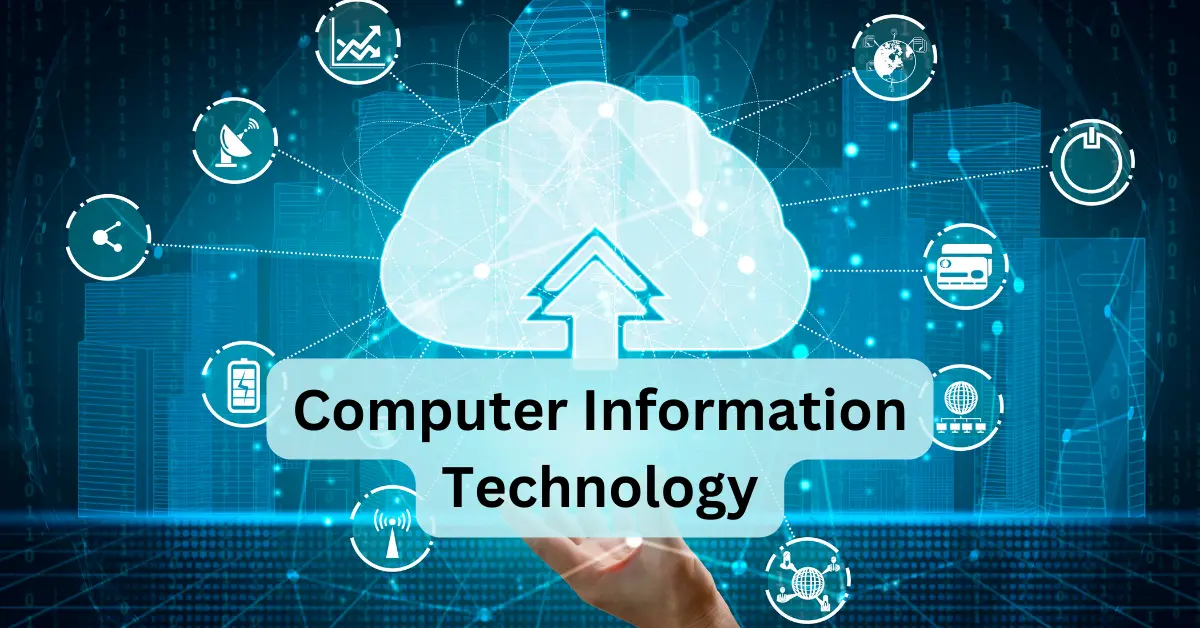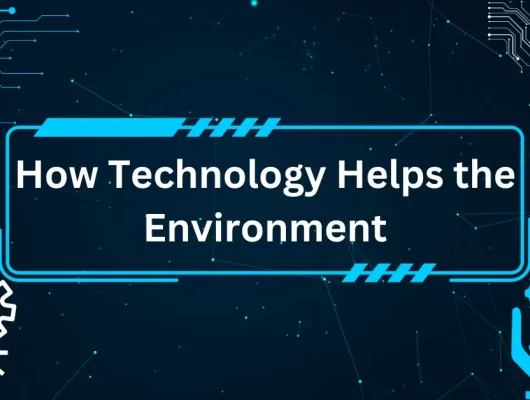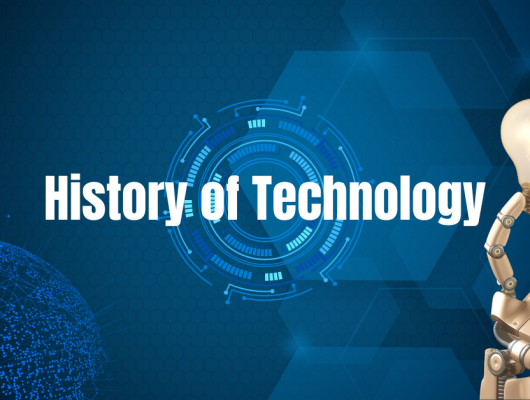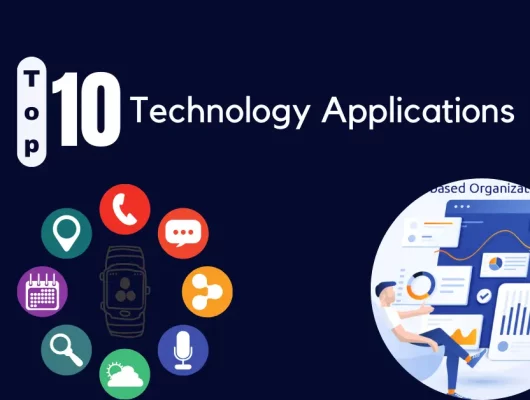Introduction
Computer Information Technology encompasses the study, design, development, implementation, support, and management of computer-based information systems. It involves the use of hardware, software, networks, and databases to store, retrieve, transmit, and protect information. With the increasing reliance on technology in our interconnected world, understanding CIT has become essential.
Technology environment by enabling innovative solutions like renewable energy, smart grids, and efficient waste management, reducing environmental impact and fostering sustainability for a greener future.
Overview of Computer Information Technology
To navigate the world of CIT, it’s crucial to understand key concepts and terminologies. From computer architecture and programming languages to data management and cybersecurity, these foundations form the building blocks of CIT.
Key Concepts in CIT
One of the main aspects of CIT is computer architecture, which refers to the design and organization of computer systems. This encompasses the functionality, organization, and implementation of the system’s components. Another integral part of CIT is programming languages, tools used to develop software, applications, and websites. Different languages are utilized for different purposes, and some of the most common ones include Java, Python, C++, and JavaScript.
Data management is also a significant aspect of CIT, focusing on the storage, retrieval, updating, and maintenance of data. This includes practices such as data backup, database design, and data security. Speaking of security, cybersecurity is a crucial field within CIT, dedicated to the protection of computer systems and data from digital attacks. In our digitally interconnected world, cybersecurity has become increasingly important, with professionals in the field working constantly to defend against cyber threats and maintain the integrity of information systems.
Why Is Information Technology Important?
Information Technology has revolutionized the way we live, work, and communicate. It has transformed businesses, enabling streamlined operations, improved efficiency, and enhanced decision-making processes. Moreover, IT has empowered individuals, providing access to information, facilitating communication, and fostering innovation across various industries.
Areas Included in Information Technology
The scope of Information Technology is vast and encompasses numerous fields. From software development, cybersecurity, and database management to network administration, artificial intelligence, and cloud computing, IT finds applications in virtually every sector. Let’s explore some examples of Information Technology in action:
- Healthcare: Electronic health records, telemedicine, and medical imaging systems
- Finance: Online banking, secure payment gateways, and algorithmic trading
- Education: E-learning platforms, educational apps, and virtual classrooms
- Transportation: GPS navigation systems, ride-sharing apps, and logistics management
- Entertainment: Streaming platforms, virtual reality experiences, and video game development
- Communication: Social media platforms, messaging apps, and video conferencing tools
Computer Information Technology Skills
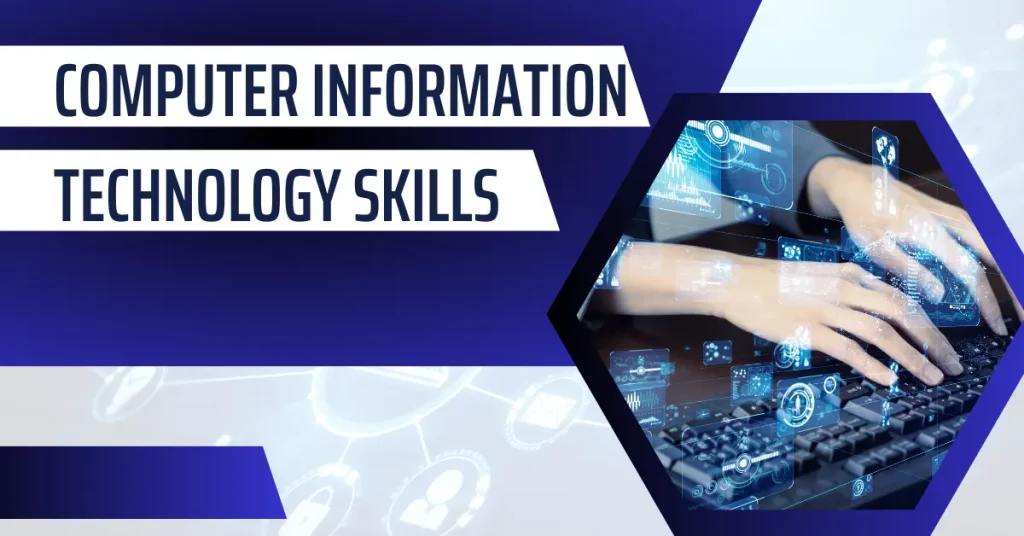
To thrive in the field of CIT, certain skills are essential. These skills include:
- Programming: Proficiency in programming languages, such as Python, Java, or C++, is vital for developing software and solving complex problems.
- Problem-Solving: The ability to analyze, identify, and solve technical issues is crucial in CIT. Strong problem-solving skills enable effective troubleshooting and innovative solution development.
- Communication: Clear and concise communication skills are essential for collaborating with team members, explaining technical concepts to non-technical individuals, and delivering effective presentations.
- Continuous Learning: Given the rapid pace of technological advancements, a commitment to lifelong learning is necessary to stay up-to-date with emerging trends and new technologies.
Future Trends in Computer Information Technology
The field of CIT is constantly evolving, and keeping up with emerging trends is crucial. Here are some future trends that are expected to shape the world of IT:
- Artificial Intelligence (AI): The integration of AI technologies, such as machine learning and natural language processing, will revolutionize various industries, enabling automation, predictive analytics, and personalized user experiences.
- Internet of Things (IoT): The interconnectedness of devices and objects will continue to expand, creating a network of smart devices that communicate and share data, leading to increased efficiency, improved decision-making, and enhanced quality of life.
- Cybersecurity: As technology advances, the need for robust cybersecurity measures becomes paramount. Protecting sensitive information, securing networks, and combating cyber threats will remain critical in the evolving digital landscape.
Conclusion
Computer Information Technology is at the heart of our digital world. Its significance spans industries, impacting businesses, society, and individuals alike. As technology continues to advance, the potential for innovation and growth in the field of CIT is limitless.
Whether you are a student considering a career in CIT, an IT professional seeking to enhance your skills, or simply curious about the role of technology in our lives, exploring the world of Computer Information Technology opens doors to a world of opportunities.
So, embrace the challenges and opportunities that CIT presents. Explore, learn, and contribute to the exciting and ever-evolving world of Information Technology.
FAQs
Q: Is CIT and IT the same thing?
A: While they are often used interchangeably, there is a slight difference between Computer Information Technology (CIT) and Information Technology (IT). IT refers to the broad field of managing technology and information systems, while CIT focuses specifically on computer-based information systems.
Q: What are some common job titles in the field of CIT?
A: Some common job titles include software developer, network administrator, database manager, cybersecurity analyst, and IT consultant. However, with the diverse applications of CIT, there are numerous other job opportunities available.
Q: Do I need a degree in Computer Science to work in CIT?
A: While a degree in Computer Science can provide a solid foundation for a career in CIT, it is not always necessary. Many employers also value relevant experience, certifications, and specialized training in specific areas of CIT.
Q: How can I stay updated with the latest trends in CIT?
A: There are various ways to stay updated, such as attending conferences and workshops, reading industry publications and blogs, networking with peers in the field, and continuous learning through online courses and certifications.
Q: What is the role of AI in CIT?
A: AI plays a significant role in CIT, paving the way for intelligent systems that automate tasks, analyze data, and make predictions. It’s used in various sectors for applications like predictive maintenance, customer service chatbots, recommendation systems, and more. AI in CIT is set to revolutionize the way we interact with technology, making systems more efficient, reliable, and user-friendly.


